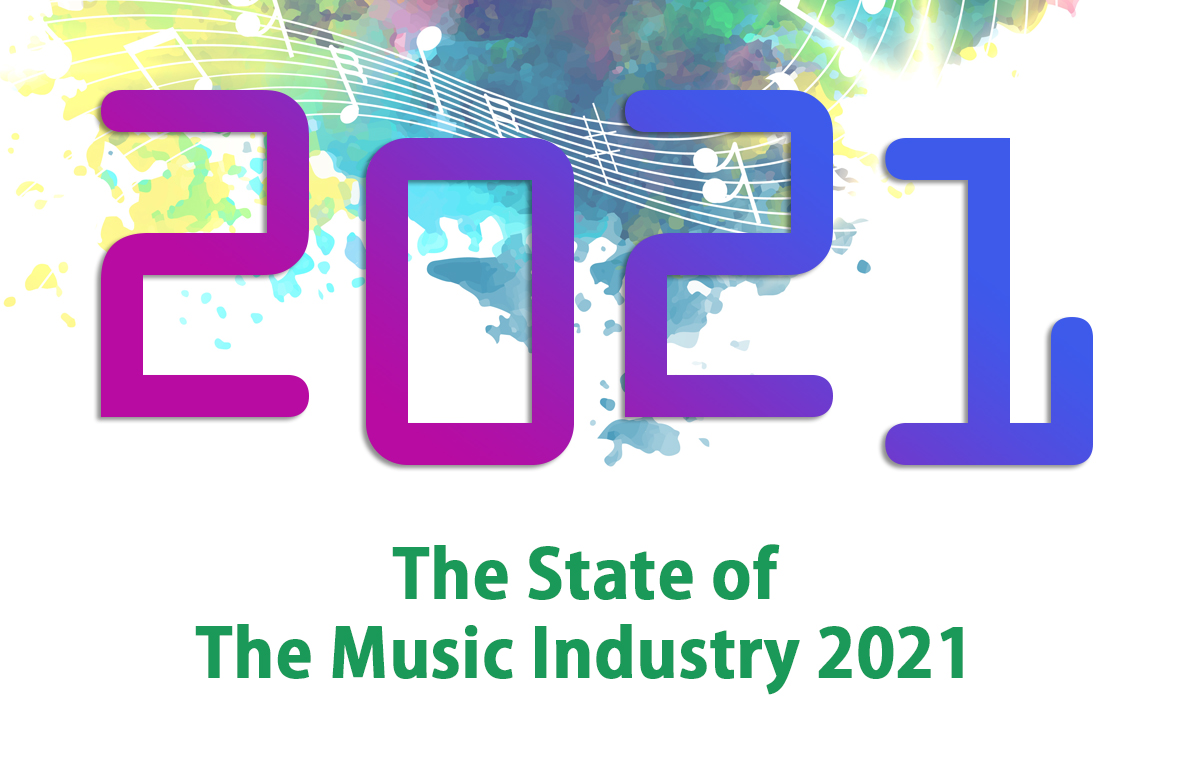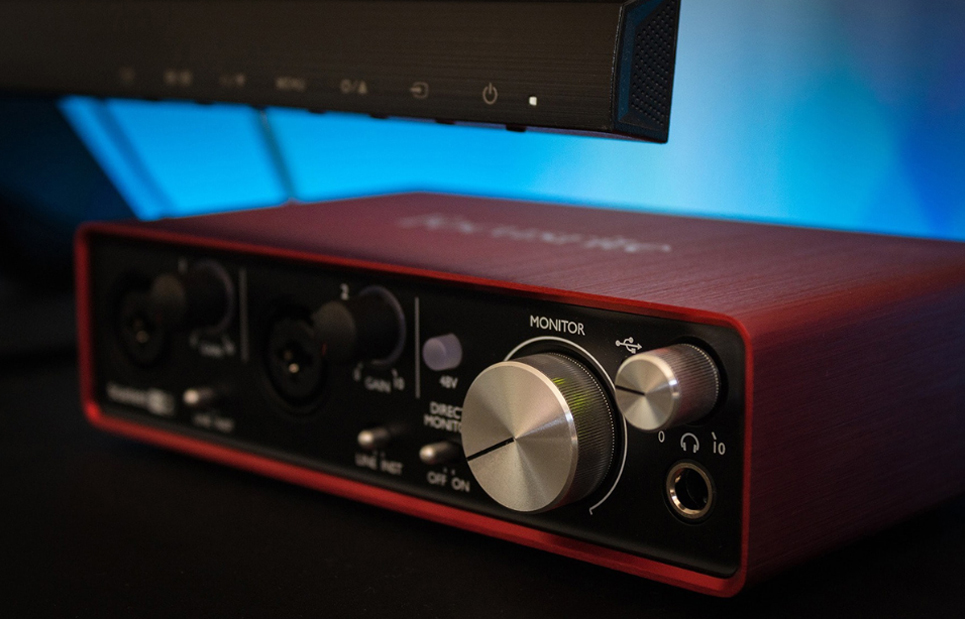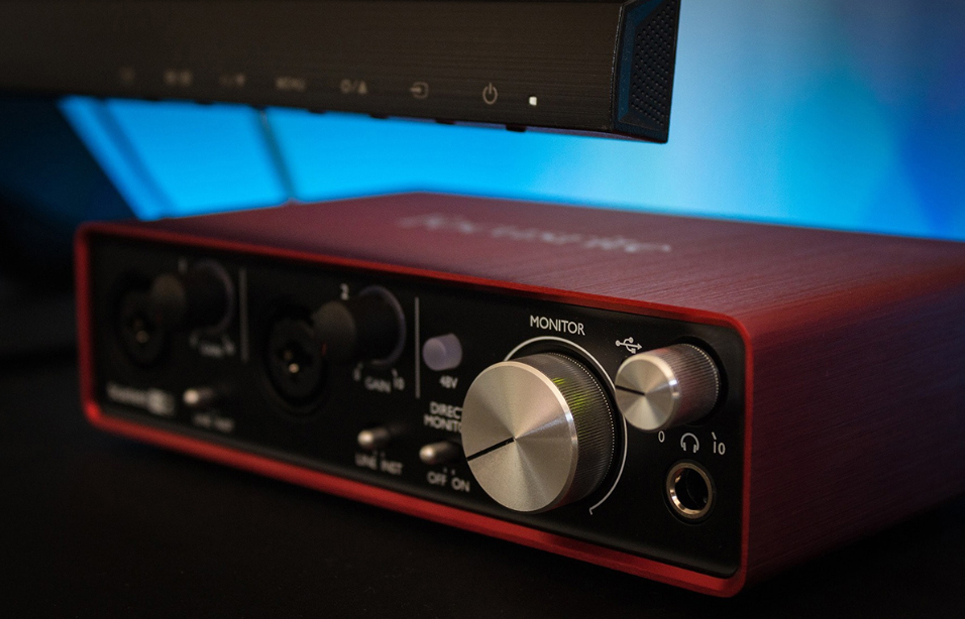
Vinyl Records Coming Back to Popularity with New Generation
Vinyl Records
The culture of free music does not appeal to everyone equally. Compared to streaming platforms such as Spotify, Apple Music, or YouTube Music, the number of fans of physical formats is growing. More specifically, to vinyl records, to the point that the volume of business is similar to what it was in the 80s, as established by the Deloitte auditor in 2017.
In 2018, total revenues from recorded music amounted to 17,000 million euros, which represents an improvement of 9.7% compared to the previous year. The rise is due to the boom in digital sales (they rose 21.1%) while physical sales fell 10.1%. Vinyl is saved from this fall, which grew for the 30th consecutive year (6%), maintaining a 3.6% share of the total market according to the 'World Music Report 2019'.
Vinyl Records
In recent years, several music labels have emerged that either fully dedicates themselves to the production of vinyl records. From this, it can be inferred that only minority labels that aim to reach audiophiles are betting on vinyl records, but nothing could be further from the truth.
Currently, in many large commercial areas, we can find vinyl Decca, Sony, Blue Note, Philips, Columbia, EMI, and a very long etcetera. Some are produced by these firms (in the case of those that still exist), and others have been reissued by specialized labels, such as Speakers Corner.
In recent years, several labels have emerged that are exclusively dedicated to the production of vinyl records.
On the other hand, some people may think that on new vinyl, and not second-hand, it is only possible to find music of an audiophile nature (classical, jazz, ethnic, etc.), which, moreover, is not exactly recent.
Of course, this Vinyl can be obtained without difficulty, but many modern rock and pop soloists and groups are also releasing their latest works on vinyl. "Songs of Innocence", the latest from U2, which is available for free as a digital download through iTunes, has also been released on vinyl, although it is not free in this format.
About the sales figures
It is clear that, if new vinyl continues to reach the market, it is because they sell less than CDs, and, of course, much less than digital downloads. But they are sold.
According to IFPI, a Swiss association representing the interests of 1,300 music companies around the world, vinyl record sales in 2013 increased 32% in the United States and 101% in the United Kingdom, two of the most important markets.
In particular, in the case of Japan, they may be at a similar level to that of the British because there, on the one hand, they are passionate about hi-fi.
Do you know, how many vinyl records have been sold in the United States between 1993 and 2014? Well, we must say that from 2008 sales began to rise at a good pace, reaching their zenith in 2013 with 6.1 million copies.
In 2020, 27.5 million LPs were sold in the United States, up 46% compared to 2019 and more than 30-fold compared to 2006 when the vinyl comeback began.
A different way of consuming music
One of the reasons some music fans like to listen to vinyl records is simply because they are drawn to the sound of it. That does not mean that we prefer the sound of vinyl to digital formats, especially high-resolution ones (although we admit that some CDs sound great).
Also, we firmly believe that both options can be enjoyed without having to opt for one or the other. In our opinion, they offer a different and perfectly compatible sound aesthetic.
The influence of fashion and the hipster subculture
As we are seeing, the renaissance of vinyl records cannot be explained from a single perspective. Many reasons invite you to bet on them, such as their sound, the possibility of consuming music in a different way of collecting.
Some people have several of these reasons simultaneously, but there is one more reason that we must also consider, and that does not only affect vinyl: fashion.
However, it is very likely that some people, especially younger ones, are attracted to vinyl as a way to differentiate themselves and reaffirm their personality.
The resurgence of vinyl records is probably explained as a mixture of all the reasons. It is highly unlikely, if not impossible, that they will regain the relevance they had before the CD's arrival. But nothing seems to indicate that the interest that many music fans have in them will be exhausted in the short term.
The most plausible thing is that global sales of vinyl records will continue to rise somewhat more until they stabilize in a relatively comfortable position that allows this market to consolidate more clearly.
We do not have information that allows us to intuit its future in the long term, but we think that in the short and medium-term the Vinyls will still have many fans. At the end of the day, they simply represent one more way, although, yes, with a very marked character, of enjoying our music.















